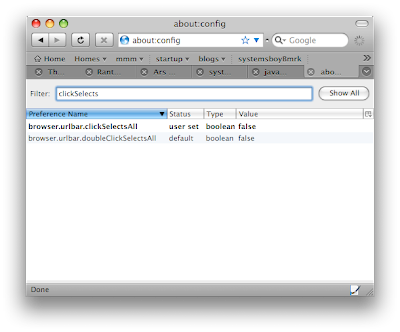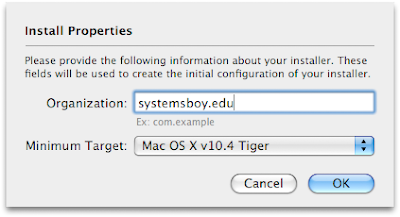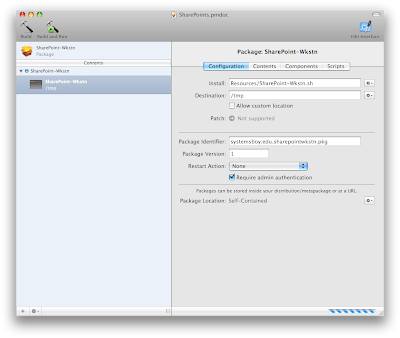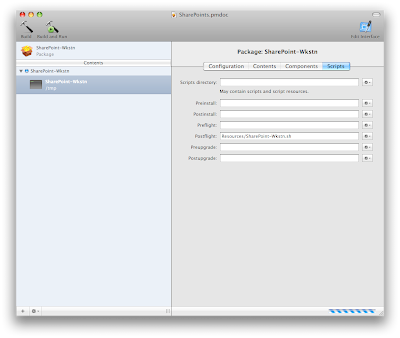So far this NetBoot/NetInstall thing is working out a thousand times better than I ever thought it would. I wish I'd done this years ago. Not only does it save time, it also reduces errors. This is often one of the most overlooked features of automating a process: the less human interaction in the process, the fewer mistakes can be made. I have only to compare the set of instructions I gave to last year's crew for building a new system to the instructions for using the new NetInstall system to see evidence of this truism. The list of human actions to take — and, thus, potentially screw up — is significantly shorter using the new process. And that's a beautiful thing.
At this point I've converted about half the staff to Leopard with the NetInstall system, and for the most part it's been quick and painless for both me and them. Contrast with years past, where upgrading staff computers — which are both the most customized, and the most important to preserve the data of — has been fraught with tension and minor hiccups. This year I almost feel like I've forgotten something, it's been so easy. But staff would surely let me know if there were problems. (I'm so knocking wood right now.)
I've also had an opportunity to test building multiple machines simultaneously. Yesterday I built five Macs at the same time, and, amazingly, all five built in about the same time it takes to build one — about a half an hour. I'm astounded. We should be able to build our new lab workstations this summer in a day. And still have time for a long lunch. And for the most part I'll be able to offload that job to my assistants.
As I finish up the system, I've realized some things. First of all, it sort of reminds me of software development — or at least what I imagine software development to be like — because I'm building little tiny components that all add up to a big giant working whole. Also, as I write components, I find myself able to reuse them, or repurpose them for certain, specific scenarios. So, in a sense, the more I build, the easier the building becomes, as I imagine is true in software development. Organization is also key. I find myself with two repositories: one contains the "build versions" — all the resources needed to build the packages — and one contains the finished products — the packages themselves — organized into something resembling the physical organization (packages for staff computers in one area, packages for workstations in another, for instance). It's shockingly fascinating to work on something like this, something that's built from tiny building blocks and that relies very heavily on good organization. I'm really enjoying it so far, and I'm a little sad that the groundwork is built and it's nearly done. There's just something fundamentally satisfying about building a solid infrastructure. I guess that's just something I innately like about my job.
The next step in this process, as I've alluded, will be to do a major build, i.e. our new batch of workstations when they come in the summer, and an update of all our existing computers — all-in-all about 40 machines. Between now and then there are sure to be some updates, so I'll probably update my base config before we do the rest of the lab. And then will come the fun. I will report back with all the juicy details when that happens, in what will probably be the final installment of this series.
See you in summertime!






